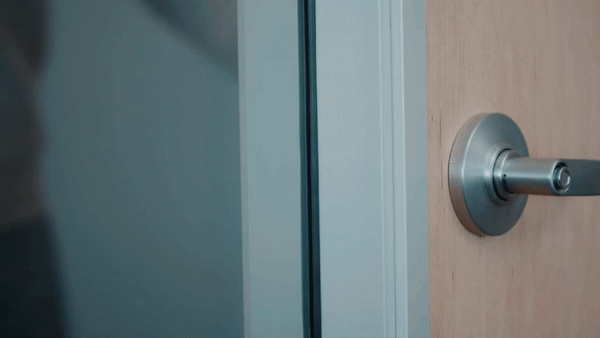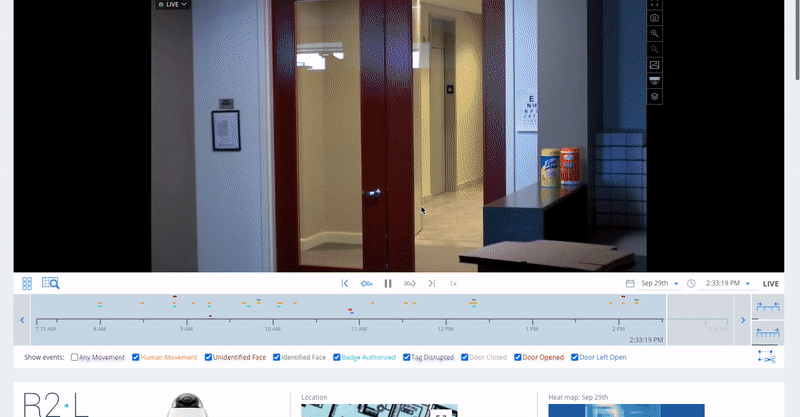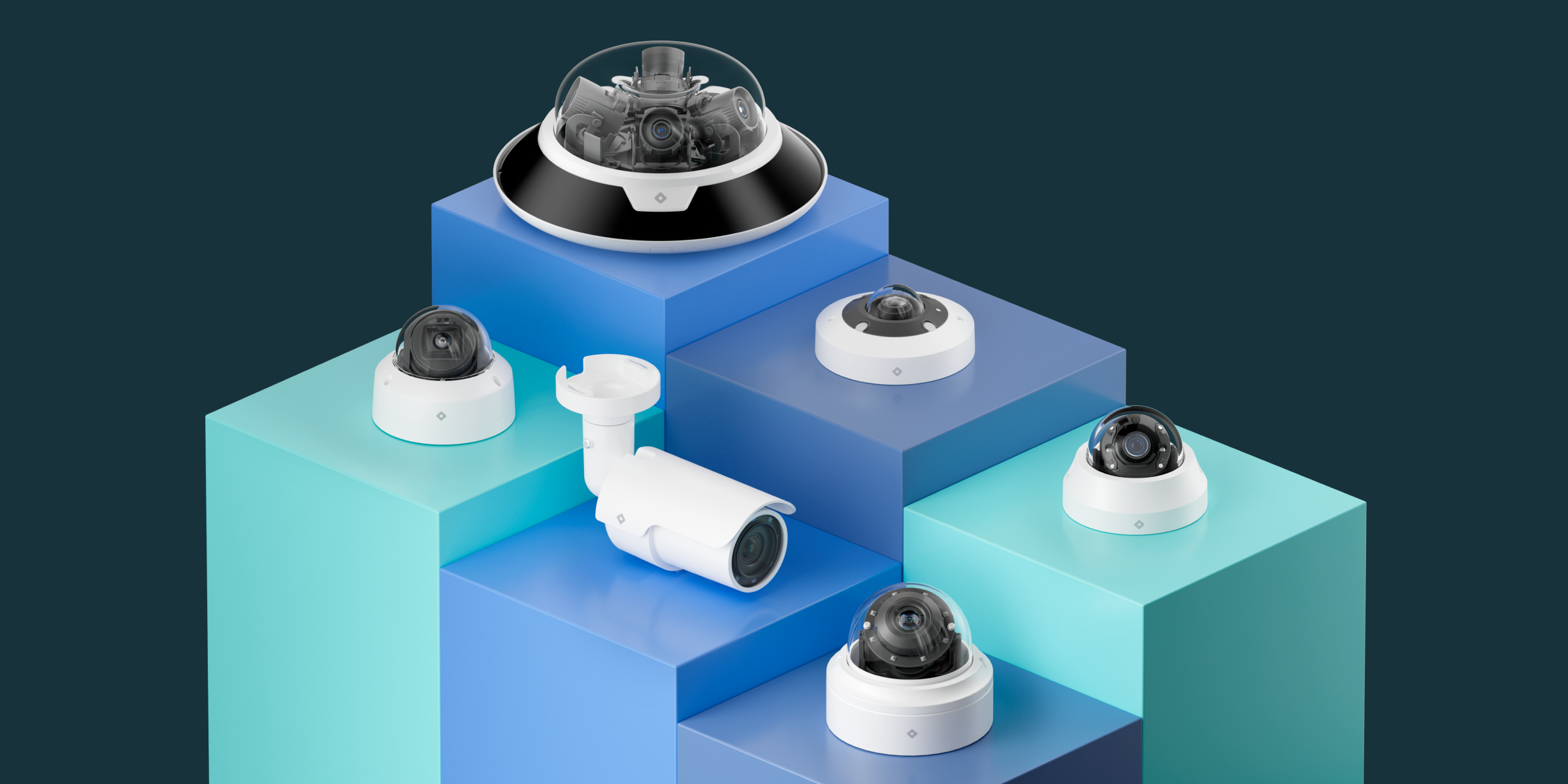3 Ways Modern Video Surveillance Improves School Emergency Response

Amongst the many responsibilities school administrators and staff are tasked with, the safety and security of students is one of the top priorities. That includes being prepared for natural disasters, medical incidents, and active shooter situations.
One of the most important things a school needs to effectively handle emergencies is accurate information. Getting reliable, up-to-date information is critical to making good decisions in a crisis. In these situations, video security can help you quickly and comprehensively understand what’s happening across your campus.
Modern video surveillance systems are a powerful tool that schools can use to improve emergency response and keep students safe. In this post, we illustrate three key ways that modern platforms help schools respond more quickly and effectively to emergencies.
1. Respond Faster with Real-time Alerts & Corresponding Video Footage
During a crisis, having accurate, real-time information is crucial to taking appropriate action. Not only does video security provide visibility across campus, but modern systems provide live alerts that include corresponding footage from the nearest security camera.
Live alerts enable you to receive immediate notification of potential and developing emergencies, allowing you to quickly understand what’s happening and take action.
Modern systems, like Rhombus, send these real-time alerts by automatically detecting and categorizing events based on activity. This allows you to immediately understand the general context of a situation without manually reviewing footage.
Alerts can be received on any device via email, text, or mobile app — and with Rhombus’ industry-leading latency (as low as 200 ms), this allows you to receive intelligent alerts faster than any other cloud solution in the market.

Receive real-time alerts to any device to immediately understand and respond to urgent situations.
2. Share Live Footage with Emergency Responders
In some emergencies, such as fires or active shooter situations, sharing live video streams with first responders can be lifesaving. Live footage pushed to officers en route can help them understand and navigate dangerous situations more quickly and effectively.
Police can use live video feeds to better pinpoint a suspect’s exact location and figure out how far to set a perimeter. Firefighters can use camera feeds to check if any students are trapped and know exactly where to go to rescue them.
With a modern video security platform, sharing a livestream is fast, simple, and secure. You can send the footage link to emergency responders via text, email, and URL. Recipients can view clips or live footage on any device or browser with no login required. You can password-protect the link and have full control over who can access the video and for how long.

Securely share a livestream with emergency responders with a few clicks in the Rhombus Console.
3. Proactively Detect and Respond to Suspicious Behavior
You can take emergency preparedness one step further by proactively detecting potential incidents before they develop. Modern surveillance systems can identify and warn you about potentially dangerous activity and individuals by using AI Analytics such as Facial Recognition, License Plate Recognition, and Access Control integration.
Facial Recognition will automatically alert you to untrusted individuals on campus. You can tag people as authorized or unauthorized and receive an immediate alert if an unauthorized person approaches your school—for example, a disgruntled former staff member. University Area CDC uses Facial Recognition to look out for known sexual predators who live in surrounding neighborhoods and receives alerts if they enter the premises.
License Plate Recognition does the same for vehicles. You can monitor parking lots or pickup zones and flag trusted and untrusted license plates. This can help protect students from being picked up by an unknown car or untrusted person.
Smart Threat Response integrates surveillance with access control to automatically secure your campus when potential dangers are detected. When cameras identify unauthorized access or suspicious activity, the system can immediately activate predefined lockdown protocols for designated doors. This integration provides crucial response time during emergencies—eliminating manual delays and ensuring swift protection when every second counts.
Conclusion
Video surveillance is an important part of a school’s overall emergency preparedness plan. Modern platforms can enhance safety even further by sending live alerts, catching incidents before they develop, and easily sharing live footage with first responders. Used well, modern video security systems are a powerful way to help keep students safe and improve response when it matters most.
To learn how Rhombus can help improve your school’s emergency response, request a free trial or live demo.



